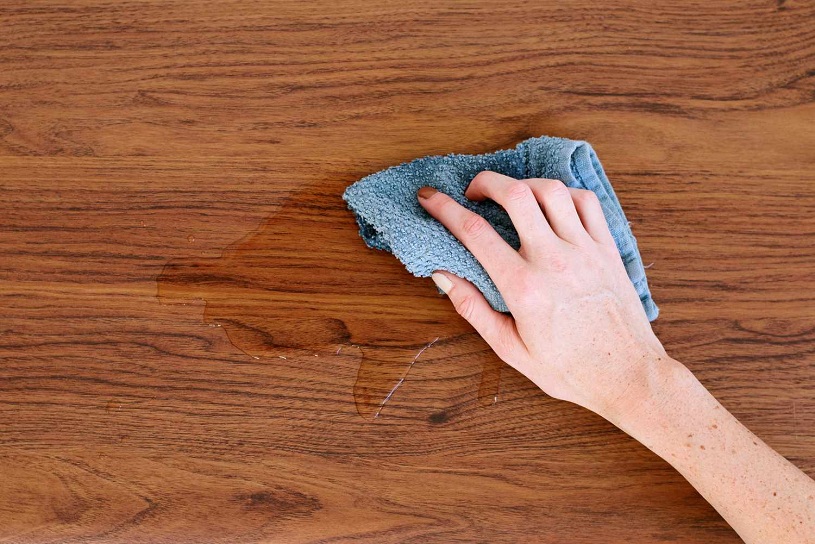Are wooden surfaces safe to eat on? This is a question we hear a lot. That’s a legitimate concern, as they are organic materials that undergo chemical treatments. Although we are unable to speak for all studios, Pathway Tables guarantees the security of our furniture. Every piece is treated using the appropriate drying and storing techniques that have been used for many centuries. Keep reading, to find out more about whether our live edge tables are suitable for food contact. Then, visit our woodshop to choose from the best variety of live edge wood furniture.
Are the Natural Wood Surfaces in Food-Safe?
Many people developed a knack for how to make wood during the pandemic. People who lack sufficient knowledge about the potential dangers of raw wood might not be aware of the concerns. Although creating a cutting board from scratch is rewarding, there are a few things to watch out for.
You could get wood from your backyard, but you never know what may be in there. It might not be safe since it might have bacteria, fungal spores, bugs, and other impurities. Lumber obtained from mills is cleaned, dried, and kept to keep dangerous pollutants out.
Is Wood with Live Edge Safe to Eat?
Wooden Surfaces That Are Suitable For Food
Similar to real wood surfaces, live edge dining tables are very much in demand. It’s also a common project for novice hobbyists to attempt and gauge their abilities. Using a food-safe sealer is one of the procedure’s most important phases. Mineral oil is frequently applied to butcher block countertops during installation to protect the wood from typical kitchen dampness.
Sadly, mineral oil does not last very long, particularly when used often and exposed to liquids. For this reason, a lot of home chefs frequently use plastic chopping boards that are dishwasher-safe. Steer clear of hardwood cutting boards unless you have the time and energy to keep the custom dining tables in good condition. They are capable of harboring several bacteria and pathogens, including salmonella, without proper maintenance and care.
Furniture Made of Finished Wood
A lot of individuals choose wood for their dining room furniture. Glass surfaces are fashionable, but they are also considerably more delicate for regular usage. Does that imply that you should eat food right off the table? Although the EPA has several regulations in place, certain older furniture may still be hazardous.
We use tablecloths, porcelain plates, and other items for a reason. Live edge dining room tables often use formaldehyde in addition to being treated. It’s probably safe enough to eat off a paper plate on your coffee table every day. Putting your dish on wood furniture is usually not the best idea.
Manufactured or Synthetic Wood Sets
Lead in paint is prohibited from being on wood furniture by the same modern legislation that regulates lead in paint. That might imply that it is still present in older pieces, though. It ought to be safe for regular usage, even if you wouldn’t want to use it as firewood. But we don’t advise eating straight from the surface.
The process of making your wood furniture may include the use of several different chemicals. There are other glycol ethers, methanol, toluene, xylene, and methyl ethyl ketone in addition to formaldehyde. Because of the adhesives used, wood products made of particleboard and fiberboard has greater concentrations of these substances. Your house may have higher than usual amounts of toxins, even if you are unable to smell them.
The Reasons Our Wooden Surfaces Are Safe for Food
All of the wood used to make our tables comes from Ohio, where we have our own kiln for drying wood slabs after each tree is milled on-site. Our products are carefully and ethically created by skilled artisans. We take great delight in the live edge furniture we create and our craftsmanship from start to finish.

